Czech Lager Checklist: Styles, Strengths, and Burning Questions

“Blessed is the mother who gives birth to a brewer.” – Czech Proverb
The late journalist and beer writer Michael Jackson once said, “Extra trouble and extra time are the hallmarks of Czech brewing.”
In his 1989 Discovery Channel television special “The Bohemian Connection,” Jackson travels across parts of Czechoslovakia, now the Czech Republic, and rejoices in world-class lagers from Pilsen, Prague, and České Budějovice. While regaling viewers with over 1,000 years of brewing history from one of Europe’s oldest beer-producing regions, Jackson touches on time-honored practices such as traditional floor malting, double-decoctions, and three-month lagering regimens. Thirty-five years later, the footage remains deeply intoxicating.
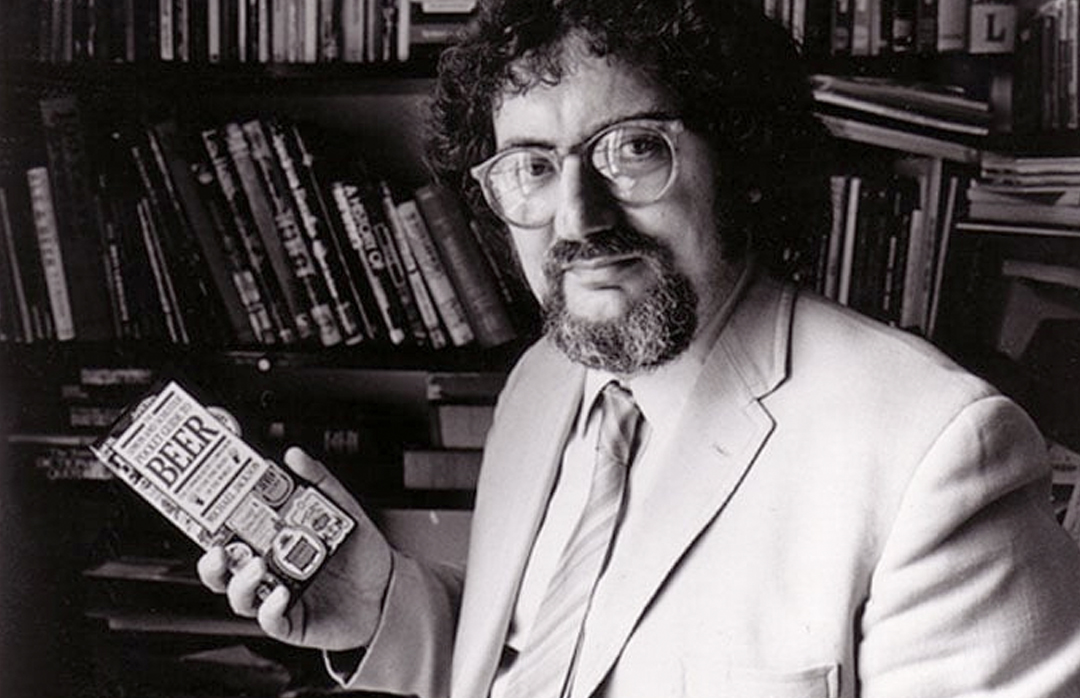
Still, brewers around the world have struggled to justify the energy and expense these time-intensive processes require. After all, it’s entirely possible to brew fantastic lager beer by other more efficient means. But those other beers are not Czech Lagers. And year after year, the Czech Republic leads the whole galaxy in beer consumption per capita. How do we account for this phenomenon? By brewing the damn beer, of course.
The following Czech Lager Checklist will cover some of the points you may need to consider should you choose to scratch your Bohemian itch in the brewhouse. Some of the most drinkable beers in the world await.

Czech Lager Styles and Colors
Pale Czech Lagers
- Czech Pale Lager (Světlé Výčepní Pivo)
- A light body, moderate malt presence, and pleasant hit of hop spice make up the Czech Pale Lager. Drinkers should expect creamy white foam that clings to the glass and to the ‘stache. Refreshing and flavorful, this golden beverage generally ranges from 3.0 to 4.1% ABV. Suitable for all-day drinking, this is the most consumed style in the Czech Republic.
- Read up on the Czech Pale Lager our friends at the RTC brewed for CBC 2024. They used Weyermann® Floor-Malted Bohemian Pilsner Malt and classic Saaz hops for a final profile rightly heralded as heavenly.
- Czech Premium Pale Lager (Světlý Ležák)
- Premium here is the Czech Pale Lager’s more sizeable sibling. Most folks in our part of the world call this style Czech or Bohemian Pilsner, but the locals reserve the “Pilsner” moniker for Pilsner Urquell and Gambrinus. In any case, a Premium Pale Lager ought to pour a deep gold color with rich bready malt notes and balanced bitterness. Beers in this cohort should be full-bodied, well-balanced, and long on the finish. ABVs will fall anywhere from 4.1 to 5.2%. Unlike a fully attenuated German Pils, the Czech counterpart often retains a slight amount of unfermented extract. This provides a characteristic richness in body and flavor that cannot be resisted.
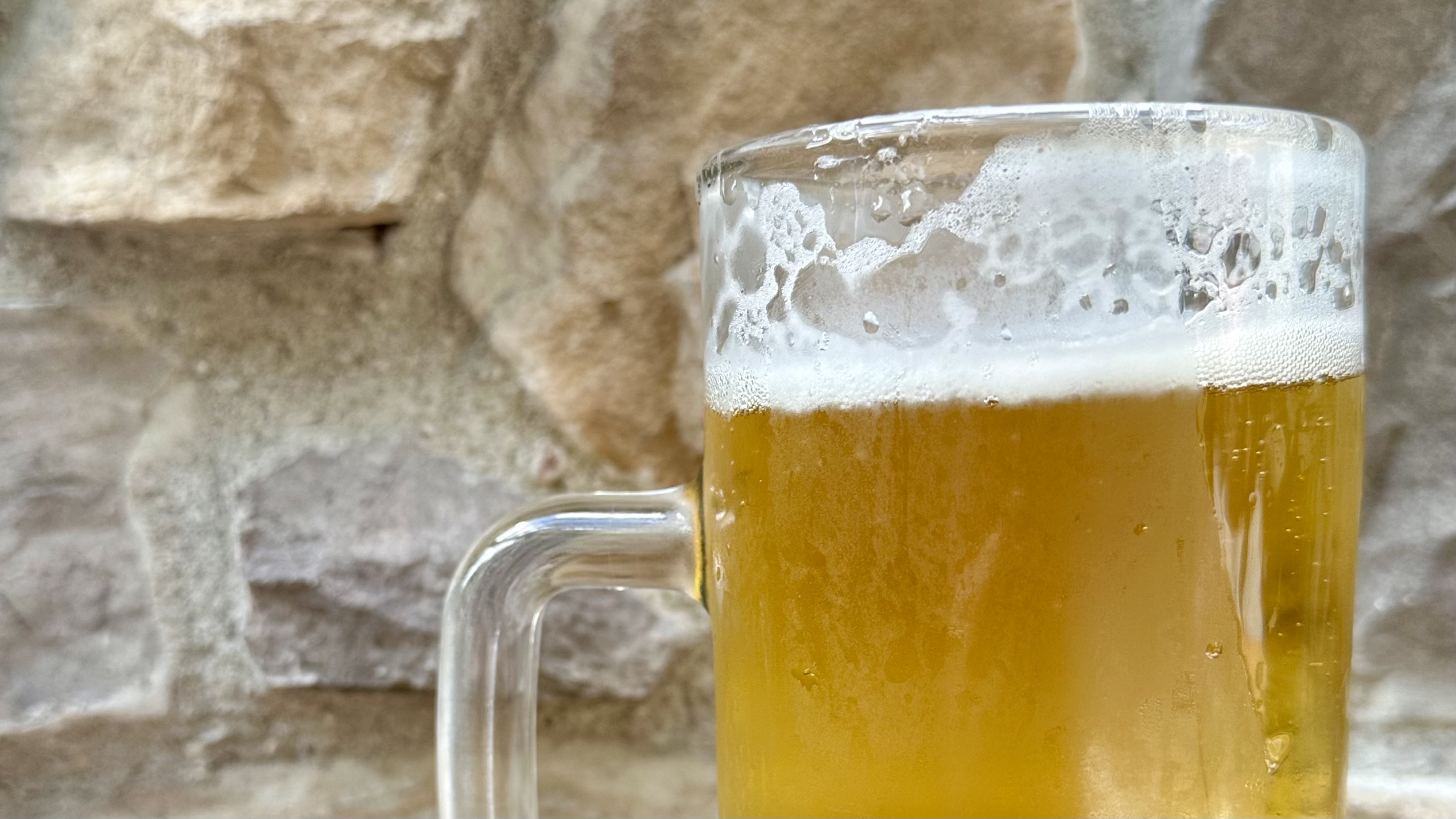
Amber Czech Lagers
- Czech Amber Lager (Polotmavé Pivo)
- Polotmavé Pivo translates directly as half-dark beer. Landing somewhere between 8 and 12 on the Lovibond scale, the Czech Amber Lager approaches copper in color; shades of gold may display naturally. Based on appearances alone it could be mistaken for a Vienna Lager. Often brewed with Pilsner, Caramel, Vienna, and Munich-style malts such as Weyermann® Floor-Malted Bohemian Dark, some Czech Ambers are actually made by blending Pale and Dark finished beer. Whichever way you get the job done, clean and spicy hop bitterness should complement a dry, balanced finish. ABV should land between 4.4 and 5.8% if you’re playing by the rules, and lingering sweetness is acceptable if not appreciated.
Dark Czech Lagers
- Czech Dark Lager (Tmavé Pivo)
- Holy Maillard, Batman. Get ready for layered, malty-sweet notes of toast, caramel, nuts, dark fruit, coffee, chocolate, and more. Comparable to Munich Dunkels and Schwarzbiers, the Czech Dark Lager often lands on or near the black end of the color spectrum. Complex malt flavors yield nearly nothing to hops here, which occasionally express themselves as mild and slightly spicy. Other times they are as quiet as a church mouse. As with the Amber varieties, ABV ought to sit between 4.4 and 5.8%. Fruity esters may appear in a haunting, fleeting manner.
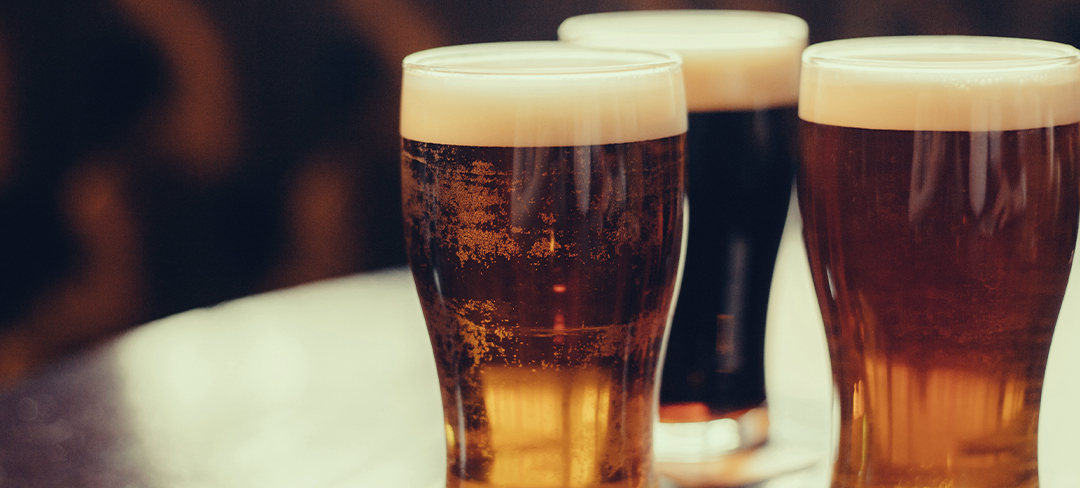
The Strength of Czech Lagers
In addition to classifying beers by color, Czech brewers also categorize them by gravity. The names may be confusing, but the trusty Plato scale translates without a problem.
- Beers clocking in between 7–10 °P are given the name Výčepní Pivo, which translates as draft beer. Important note: These beers are not required to be served on draft. Essentially session beers, these light-bodied, low-ABV crushers show up in all package types.
- The next gravity class is Ležák, or Lager. Beers in this bucket range from 11–12 °P and they offer up moderate strength, a medium body, and a balanced profile. These beers can be either lager or ale, which sounds crazy, but it works. Ležák beer can also come in Pale, Amber, or Dark styles.
- Last up is the Speciální Pivo category, or Specialty Beer, which is home to big beers measuring 13 °P and up. More likely to be amber or darker in color, these beers boast robust flavors and a higher ABV.
Source: bjcp.org

How Much Time? How Much Trouble?
“Malt is one of the life forces in every beer. You should be able to taste it in every glass.” That’s Michael Jackson again.
When the Beer Hunter visits Budweiser Budvar in České Budějovice, Jackson attributes their beer’s exceptional malt character to a 6-hour double-decoction. He believes this extra time and extra trouble is worth the effort, and Czech brewers tend to agree.
Pilsner Urquell, for example, is famous for being triple-decocted. Many more Czech Pale Lagers are the product of double-decoction. Compared to infusion mashing, decoction provides higher mash efficiency, higher attenuation, improved body, and more stable foam; it also unlocks greater color and flavor intensity without the use of specialty malts.
But in a world where it’s easy to get well-modified modern malts, is decoction mashing still worthwhile?
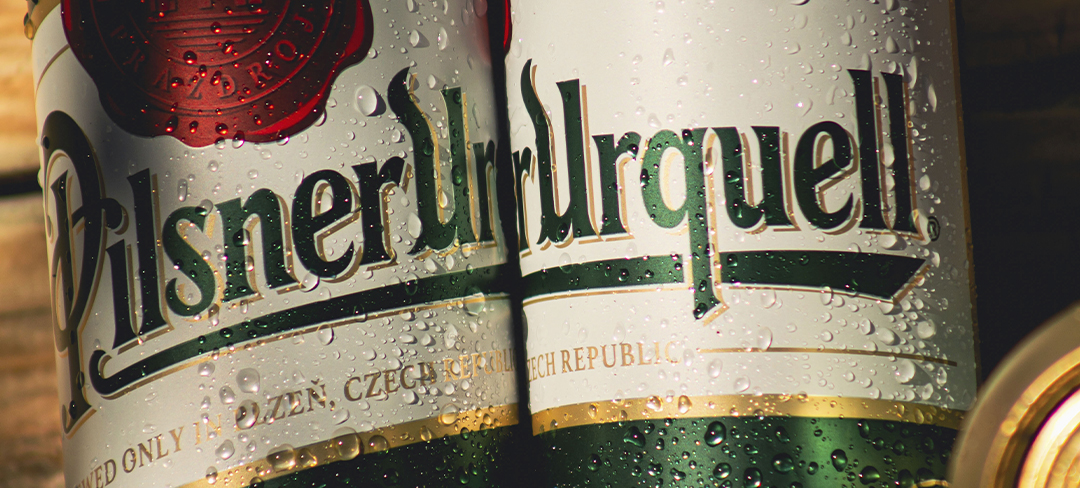
The Appeal of Decoction
“[Double-decoction] is physically demanding and isn’t energy-efficient by any means,” says Andy Ruhland, Head Brewer at Bad Weather Brewing in St. Paul, MN. “But the proof is in the pudding with the finished product. There’s a layered malt flavor. There’s more nuance.”
The proof is also in Bad Weather’s brewhouse, which was designed with decoction in mind. “It’s a three-vessel system, and it’s a mash-lauter combo,” Andy says. “We pump the decoction into the boil kettle and then pump it back into the mash water. We adjust heat with the steam jacket. We don’t boil the mash; we kind of simmer it at a slightly lower temp. We don’t want to scorch the mash. That’s the one thing you don’t want to do with decoction. You want to simmer while getting some good stirring. We keep it on the lower side of the boiling point while we’re stirring, just to keep it hot and get some of those Maillard reactions without scorching.”
Those Maillard reactions can help coax out an extra hint of grain character or robust flavors and aromas of toasted bread crust, toffee, and caramel. Those flavors are the whole point behind the process.
“I just don’t think you can mimic that any other way,” Andy adds.
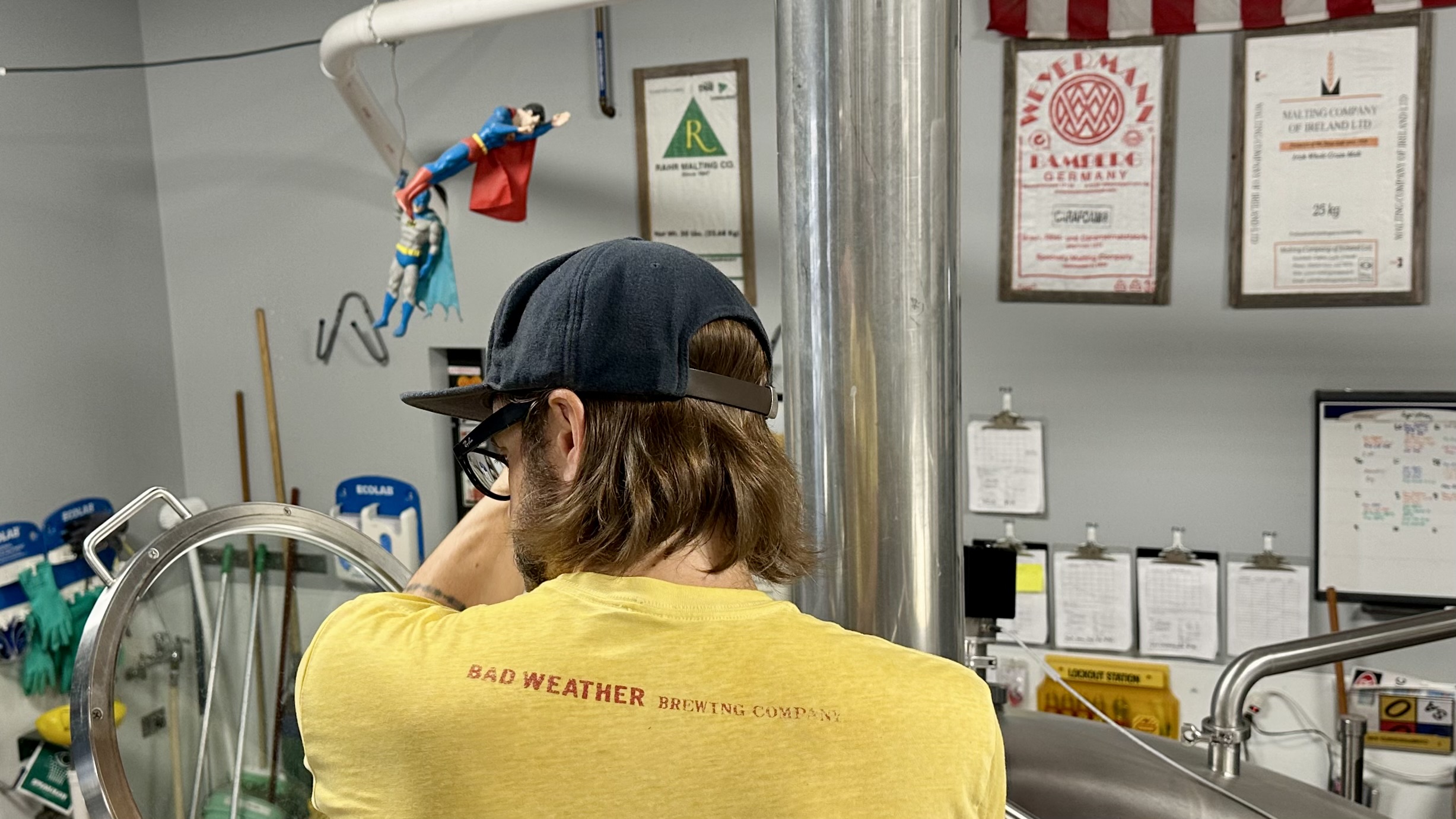
Essential Ingredients for Brewing Czech Lagers
Malt Comes First
Whether you’re cloning a Rahr Technical Center Czech Pale Lager or cranking out something dark and moody, we recommend starting with the finest quality Bohemian barley malt from Weyermann® Specialty Malts.
- Weyermann® Floor-Malted Bohemian Pilsner – Expertly floor-malted at a traditional facility in the Czech Republic, brewers should expect an earthy malt flavor and an intense aroma with notes of biscuit and honey. Floor-malted Bohemian Pilsner is ideal for Czech Pale Lager, Czech Amber, Czech Dark, Bohemian Pilsner, and Bohemian Bock.
- Weyermann® Floor-Malted Bohemian Dark Malt – Boasting historical authenticity and superb quality, Floor-malted Bohemian Dark imparts intense earthy malt aromas with notes of toffee and dark caramel. It is ideal for Czech Dark Lager and Bohemian Bock.
- Weyermann® Melanoidin – Can’t make a decoction mash happen? That’s OK. Weyermann® Melanoidin provides a deep amber to red-brown color in finished beer, along with rich malt flavors of honey and biscuit. It is suitable for dark or red-colored beers such as Amber Lagers and Bocks.
- Weyermann® CARABOHEMIAN – Perfect for all Bohemian style lagers and specialty beers, Weyermann® CARABOHEMIAN® delivers intensified caramel aromas, along with tantalizing notes of bread, caramel, and toffee.
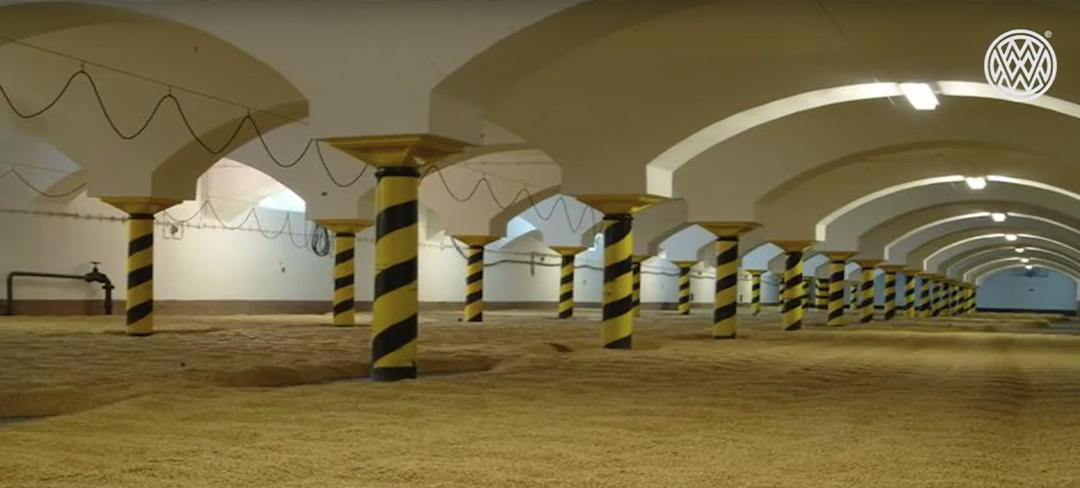
Hops Are Next
Prized by brewers and beer lovers from Bohemia to Bakersfield, hops grown in the Czech Republic are some of the most delicate and fragrant in all the world. Czech Lagers may vary in their balance between malt and hops in the finish, but any imbalance should be gentle rather than aggressive.
- Saaz – Soft, pleasantly spicy, and herbal, Saaz is the quintessential Noble hop and considered indispensable for authentic Bohemian-style Pilsners. With a mild but distinctively earthy quality, it is equally at home in just about any Czech lager style.
- Kazbek – Kazbek combines the classic noble spice of Saaz with earthy, lemon peel overtones. Favored for late additions, a trace of grapefruit hides behind the floral and earthy spice associated with Saaz.
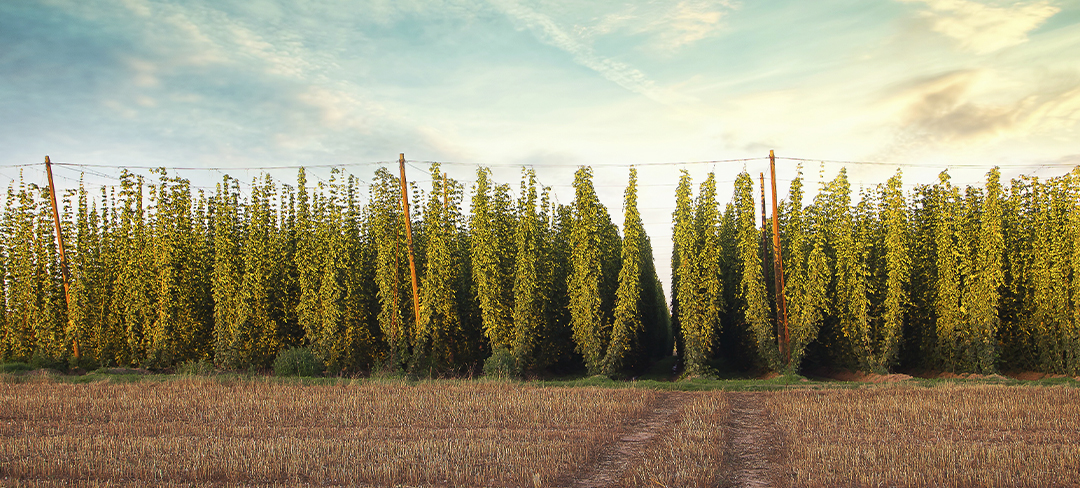
Water Deserves Your Consideration as Well
Wells in the Czech Republic produce some of the world’s cleanest and softest brewing water. Piping that water into your brewery is likely off the table, but focused efforts made toward mimicking the traditional Czech H2O profile will be rewarded in kind. For best results, brew with soft water that is low in sulfates and carbonates.
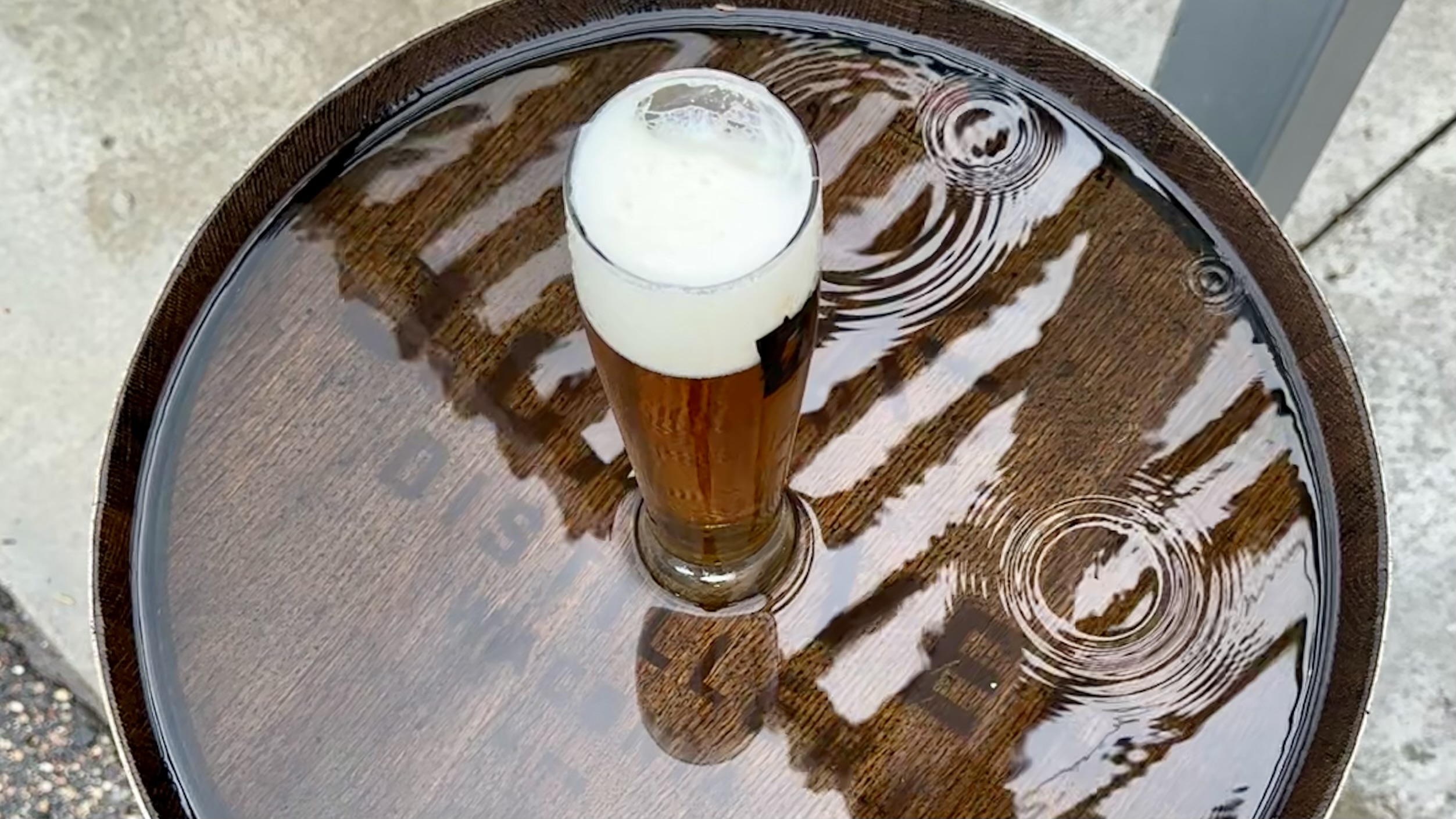
Last But Not Least, There’s Yeast
For all yeast-related inquiries, we turn to Head Brewer Olaf Morgenroth from the Fermentis Academy. He says the single most important thing for ensuring the successful fermentation of your next Czech Lager is to “Keep the yeast happy!”
“Happy yeast, at the end of the day, is the most important thing. I’m sure you’ve heard this saying: Brewers don’t make beer. Yeast makes beer. Brewers merely create an environment for yeast to thrive and make good beer.”
As luck would have it, Fermentis SafLager™ S-23 is particularly happy when consuming wort for lager and pilsner-style beers. Coming from the VLB in Berlin, S-23 is slightly less attenuative than other lager strains. That makes it a good option should you want a plusher beer with a bigger finish. It’s also capable of producing very pleasant fruity, estery notes.
If a more neutral profile is what you’re after, Fermentis SafLager™ 34/70 and S-189 are also permissible.

Modern Commercial Examples
- Czechvar Czech Pilsner – Budweiser Budvar Brewery, Czech Republic
- Pilsner Urquell – Plzeň, Czech Republic
- Bohemian Dawn Czech Pale Lager – Jack’s Abby, Framingham, MA
- Pils Czech-Style Pilsner – Utepils, Minneapolis, MN
- Polotmavy 12° Czech Amber Lager – Human Robot Brewery, Philadelphia, PA
- Augustin 13° Czech Amber Lager – Schilling Beer Co., Littleton, NH
- Dark Czech Lager – Headless Mumby Brewing, OIympia, WA
- Loonar Eclipse Czech Dark Lager – Utepils, Minneapolis, MN
This concludes our Czech Lager Checklist. Please reach out to RahrBSG with any questions pertaining to the wonderful brewing ingredients and beers from the Czech Republic.
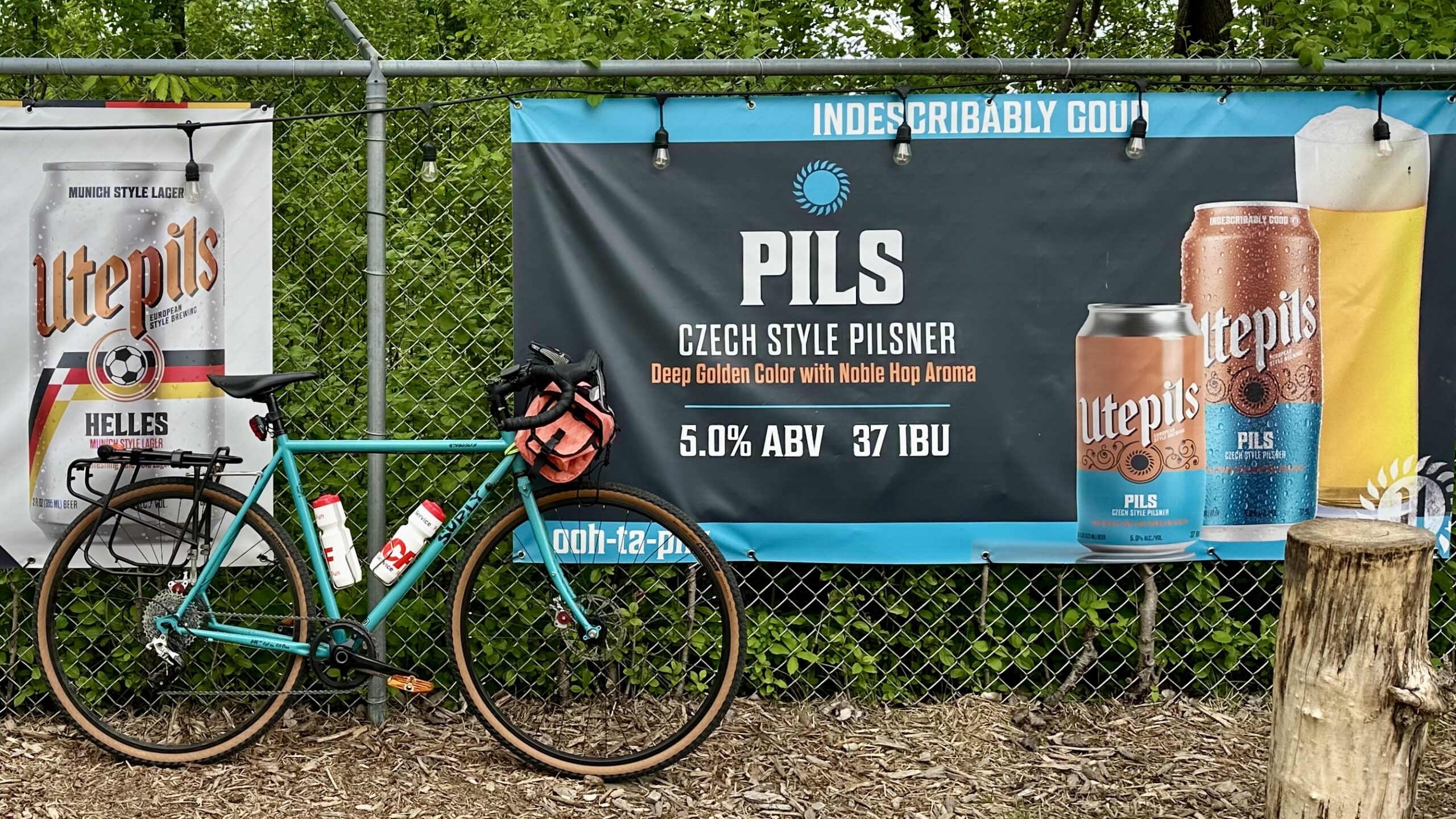
Additional Resources
- BJCP Style Guidelines
- Michael Jackson Beer Hunter – The Bohemian Connection
- Physicochemical and Sensory Properties of Czech Lager Beers with Increasing Original Wort Extract Values during Cold Storage
- Modern Lager Beer: Techniques, Processes, and Recipes
- Grower Profile: Miroslav Krupička, Krupička Farm
- Czech Lager: The Art of the Addictive